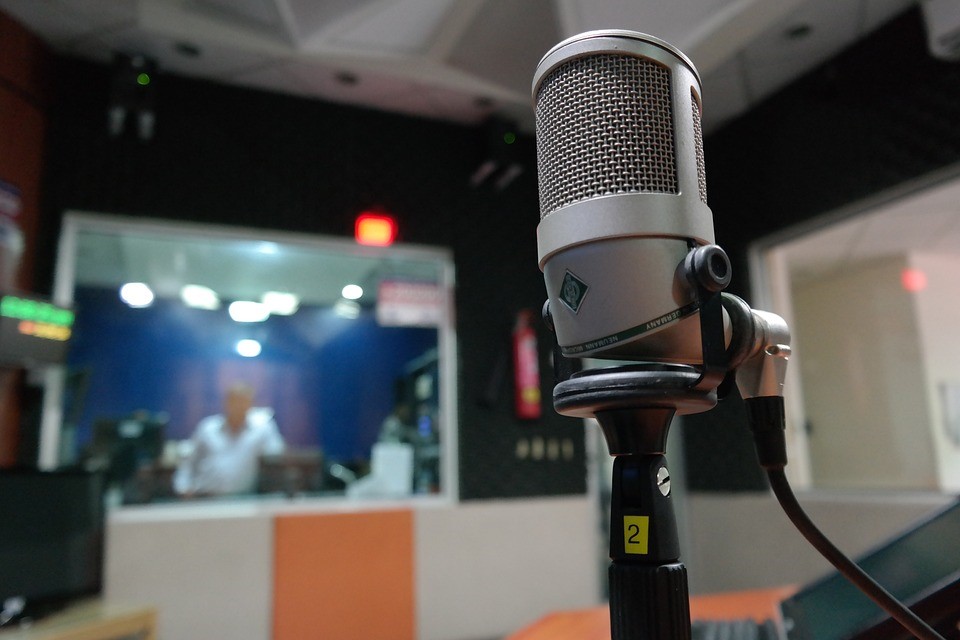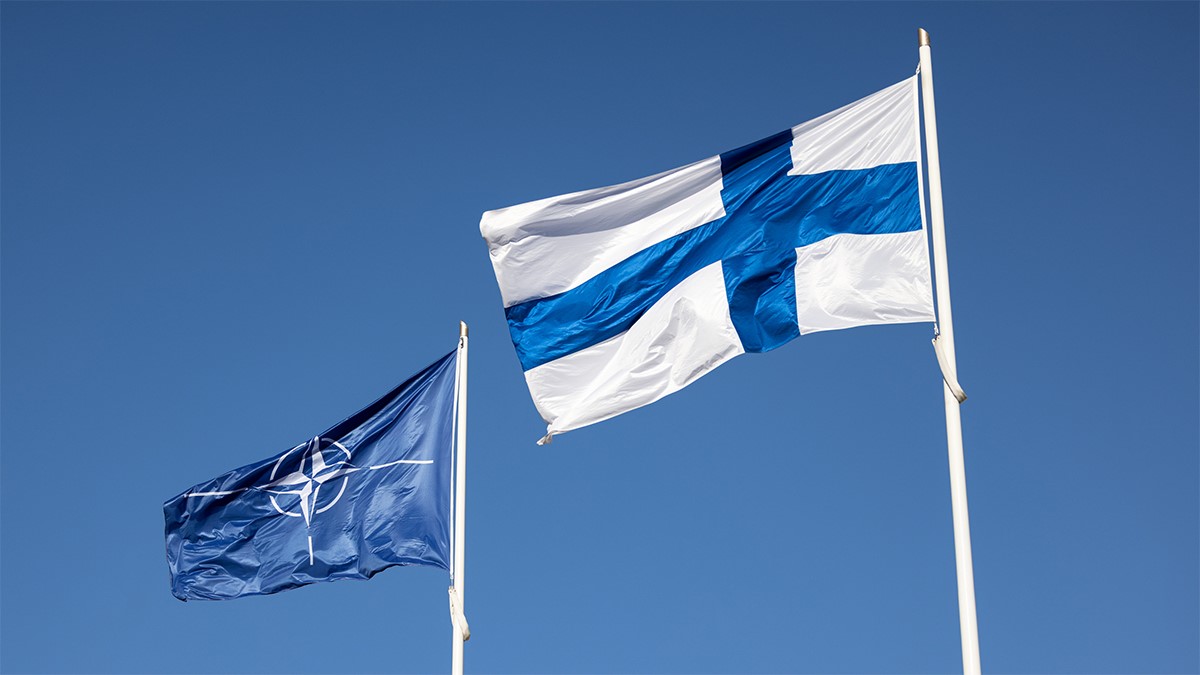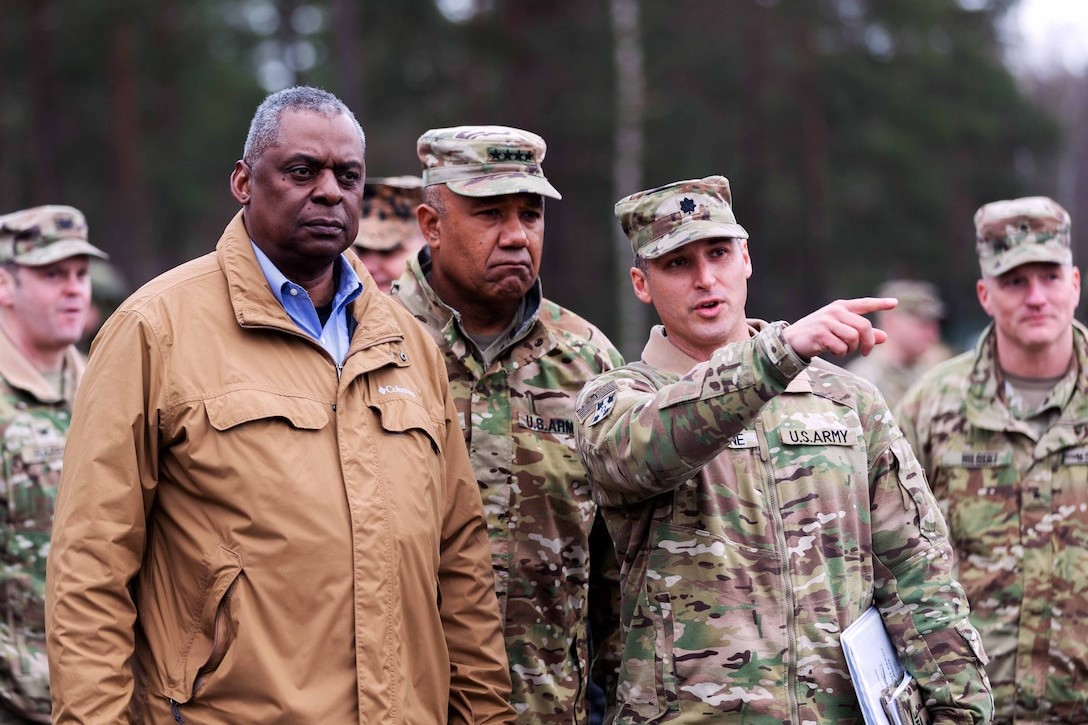Daniel Keith was a notorious con man and swindler in Rutherford County, North Carolina. “His biggest swindle took place in 1879 when he took a sixty-eight pound rock and rubbed it with brass. He sold this ‘gold’ mine to many men in Western Carolina making him one of the most unpopular men in North Carolina. Many swore that they would get even with him; and in January of 1880, a tragedy would give them the opportunity to rid Rutherford County of Daniel Keith once and for all.”
That year, a young girl was found brutally raped and murdered. Suspicion fell on Keith when “a witness came forth and said that he had seen Daniel Keith in the area and that he appeared to be drunk and belligerent. A couple of hours later Sheriff (NE) Walker contacted Keith at his cabin. He was sober, but there were bloodstains on his shirt. The Sheriff asked him where the stains had come from, and Keith stated that he had ‘been skinning rabbits.’ His story was not believed even though the carcasses of the rabbits had been found. Keith was arrested (and) was found guilty…in spite of evidence produced in the trial that there was an escaped convict from neighboring McDowell County who had been sighted in the area by several persons. This fugitive had been awaiting execution for the same (type of) crime (of which) Keith was accused.”
After having the appeal of his conviction denied, Keith “professed his innocence up to the moment” he was hanged, saying, among other things, “a man should be hung for what he’s done, not for what he ain’t done.”
There can be no doubt that former President Donald Trump is a very polarizing figure. There seems to be no middle ground with Trump – you either hate him, or you love him. Unfortunately, the people who hate the former President the most are currently in power.
One of those who clearly “has it out” for Trump is Manhattan District Attorney Alvin Bragg. While campaigning for the office he currently holds, Bragg “repeatedly touted his experience suing Trump…while serving as the state’s chief deputy attorney general from 2017 to 2018, leading to the shutdown of the Donald J. Trump Foundation and payment of $2 million in court-ordered damages…following his election, Bragg, who took office Jan. 1, 2022, again invoked his experience suing Trump in response to the stunning resignations of prosecutors Mark Pomerantz and Carey Dunne, who had led the Trump investigation until clashing with their new boss.”
According to the Atlantic News Telegraphic, “(n)o, Bragg did not specifically pledge, ‘If elected, I will indict Donald J. Trump.’ But he promised to pursue Trump and hold him ‘accountable,’ which is progressive code for going after Trump in any way possible.”
No one can say that Alvin Bragg isn’t a man of his word. As is well known, a Manhattan Grand Jury recently voted to Indict former President Trump for 34 counts of Falsifying Business Records in the First Degree, a violation of NY Penal Law Section 175.10. On April 4, 2023, Trump was arraigned in New York County Supreme Court on this indictment, and entered a plea of Not Guilty.
Let us put aside the unprecedented nature of these events, that is, the fact that a local District Attorney has brought state criminal charges against a former President of the United States for the first time in the history of our nation. Let us also ignore (for now) the emotional arguments from both left and right as to whether Trump is a martyr, being prosecuted for trying to “drain the swamp” of Washington DC politics, or a villain like Daniel Keith, someone who deserves to go to jail for something, anything, just so long as he is stopped.
Instead, let us consider this case as if Trump were any other defendant accused of a crime. Objectively speaking, are there facts sufficient to substantiate the charges brought against Donald Trump?
Judge John Wilson’s (ret.) Report concludes tomorrow
Illustration: Pixabay









